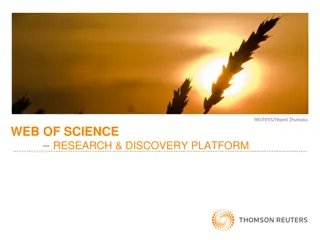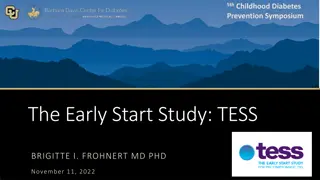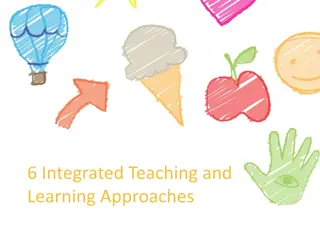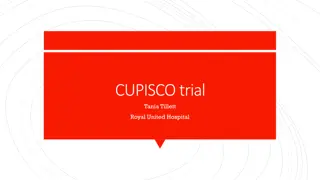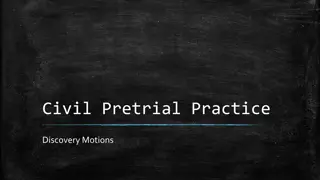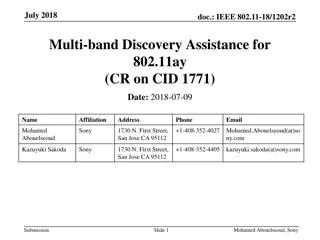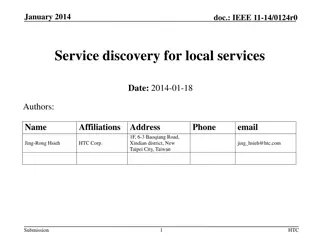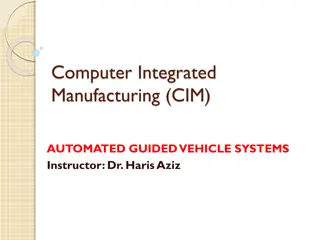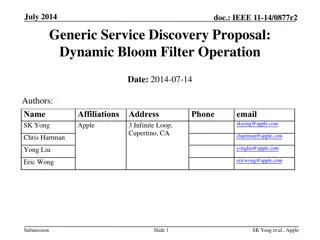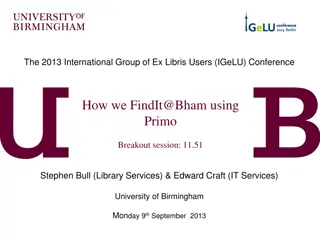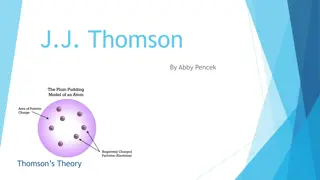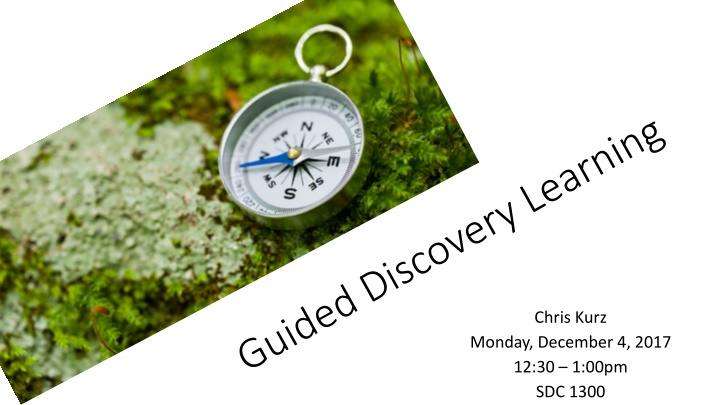
Relationship Between Diameter and Circumference Through Discovery Learning
Explore the fascinating relationship between diameter and circumference using discovery learning methods. Engage in hands-on experiments to uncover the connection and deepen your understanding of this fundamental mathematical concept.
Download Presentation

Please find below an Image/Link to download the presentation.
The content on the website is provided AS IS for your information and personal use only. It may not be sold, licensed, or shared on other websites without obtaining consent from the author. If you encounter any issues during the download, it is possible that the publisher has removed the file from their server.
You are allowed to download the files provided on this website for personal or commercial use, subject to the condition that they are used lawfully. All files are the property of their respective owners.
The content on the website is provided AS IS for your information and personal use only. It may not be sold, licensed, or shared on other websites without obtaining consent from the author.
E N D
Presentation Transcript
Chris Kurz Monday, December 4, 2017 12:30 1:00pm SDC 1300
Discovery Learning Discovery Learning is a method of inquiry- based instruction. It is best for learners to discover facts and relationships for themselves.
Do Diameter and Circumference Have A Relationship? 1.Measure the circumference and diameter of your item. 2.How can you increase the accuracy of the measurement? 3.What is the relationship value between circumference and diameter? Explain how you found the value. 4.Write an equation that best describes the relationship between circumference and diameter.
Discovery Learning - Induction Students engage in experiences and experiments from which they derive their own knowledge and meaning. Discovering knowledge takes longer than simply receiving it. Models: guided discovery, problem-based learning, simulation- based learning, case-based learning, incidental learning, among others.




